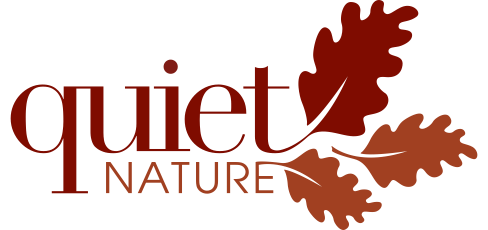Bee Friendly Landscapes

Pollinators are responsible for reproduction in flowering plants. These are not just the annuals you plant in your landscape, but vegetables, fruit trees, and other plants also produce flowers. By transporting pollen from one plant to another, fertilization occurs and then fruits and seeds are produced.
There are a number of pollinators including birds, bats, beetles, small mammals, and, of course, bees. If you are interested in encouraging bees in your landscape, here are some things you can do.
Environment
Create the right habitat and bees will find your landscape.
- Food – Bees will feed from early spring through late fall. A good way to provide a consistent source of nutrition is to plant vegetation that blooms throughout the various seasons. That means designing your garden so that something is always in flower. This can include trees, shrubs, vegetables and flowers.
- Water – Just like all living things, bees need water. The water source should be kept clean; polluted or unclean water sources can spread diseases. A shallow bowl will do quite nicely with a few twigs or pebbles for the bees to rest on. Butterflies, another pollinator, actually prefers a shallow source for water. If you have a birdbath, change the water daily and scrub the surface as necessary. Sick bees can take the disease back to the hive and destroy the entire colony.
- Cover – Different species of bees have different nesting needs. Some build nests in soil and others need a cavity like a hollow stems or reeds. There are some that use abandoned mouse nests that are found in clumps of grass. Look into installing a bee nest box made from untreated wood.
Other Considerations
- Diversity – Bees are more attracted to large plots of flowers. When you set up your beds, try to build them at least three feet by three feet. Native plants are good choices so see what might be applicable in your area. Hybrids actually produce little pollen. Herbs like basil, beebalm, etc. are very attractive to bees.
- Selection – No doubt those flowers that produce double flower tops are attractive, but in reality single topped flowers contain more nectar and are easier to access the pollen.
- Sun – Most of the plants that attract bees grow best in sunny locations. Plan your garden accordingly.
- Less Lawn – Replacing even a small part of your turf with flowering plants will provide a habitat and food source for honey bees, bumble bees, and solitary bees.
- Avoid Pesticides – Many commercial insecticides are dangerous to pollinators. Carefully research anything you use in or near the garden. In addition many herbicides and fungicides can also be harmful. Research alternative treatments that are pollinator friendly.
Conclusion
In short, bee-friendly gardens are those that provide a safe space for bees to find food sources, a good water source, nest, and raise their young. In return they will aid in the pollination and reproduction of fruits, seeds, vegetables, and a variety of crops, plus helping to produce all the lovely flowers we enjoy through the spring, summer and autumn.
If you have questions about how you can better design your landscape for bees, contact a professional in your area.
